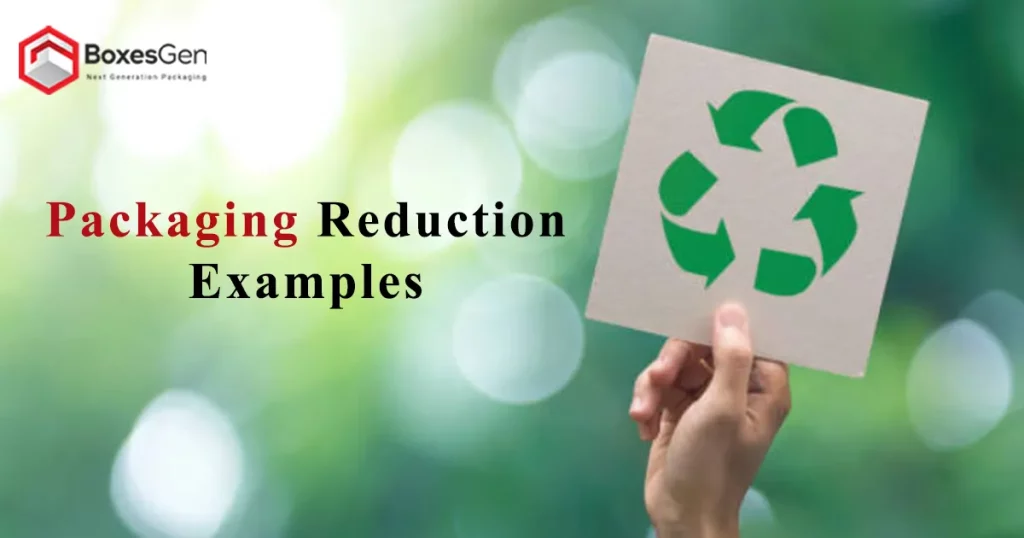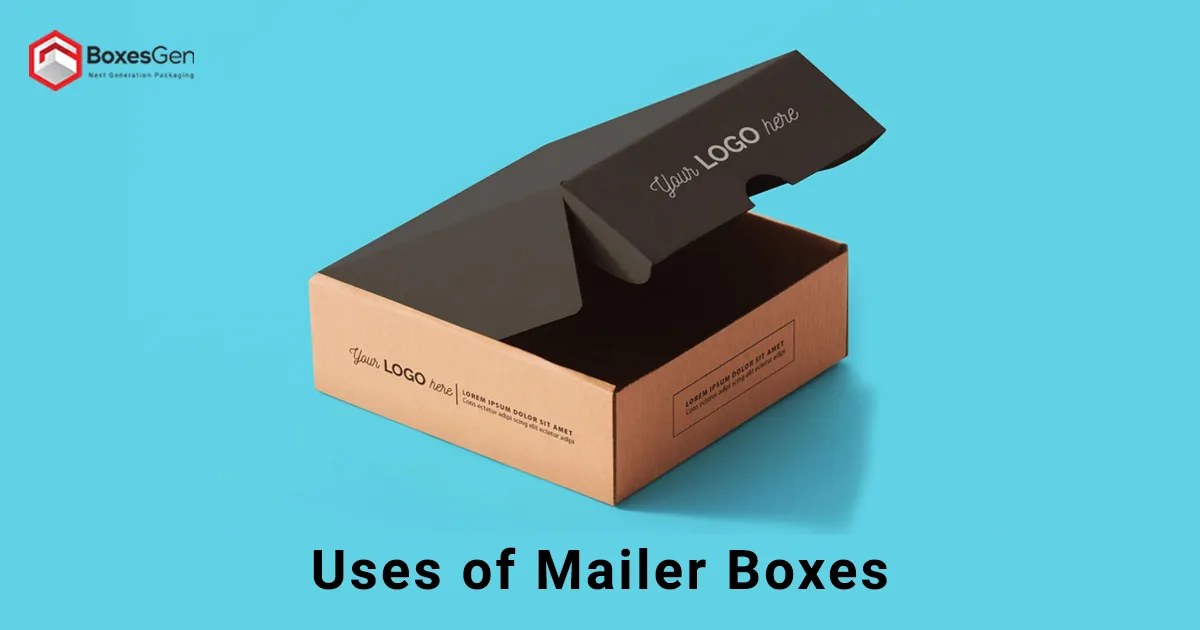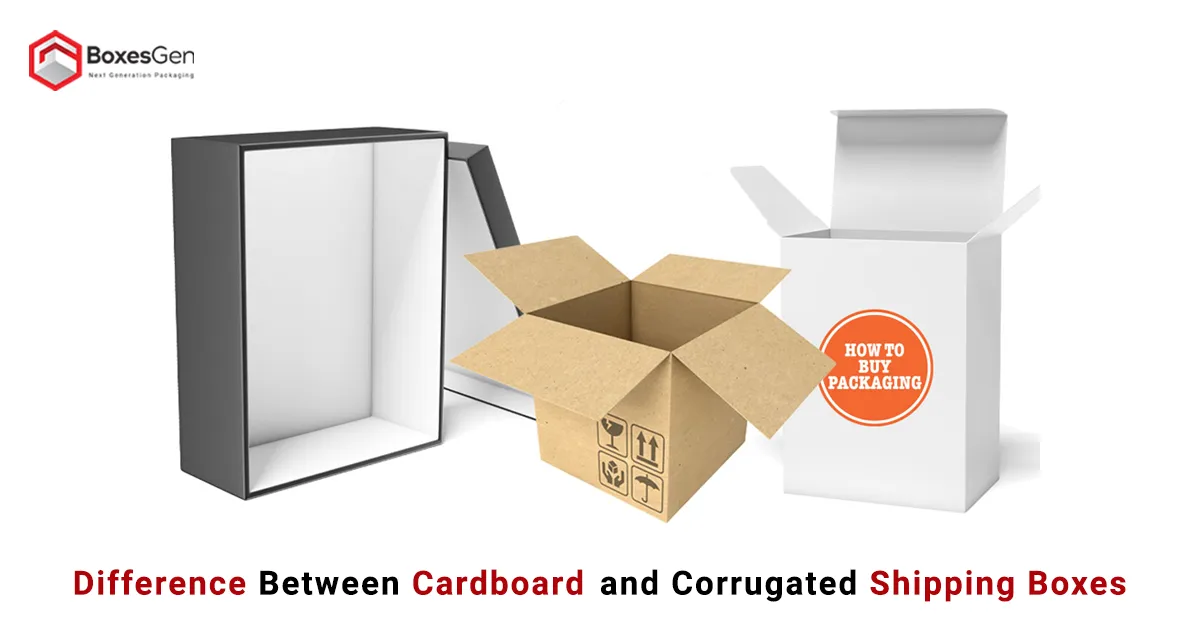Packaging Reduction Examples
Packaging plays a crucial role in our daily lives, ensuring the safety and integrity of products during transportation and storage. However, the excessive use of Packaging Materials contributes to environmental degradation and waste. This article will explore various strategies and examples of packaging reduction, promoting eco-friendly alternatives and sustainable practices.
Consider The Packaging Materials Used
One of the fundamental steps towards packaging reduction is evaluating the materials used. Opt for lightweight materials that maintain product integrity without excess waste. Switching to materials with a lower environmental impact, such as recycled or biodegradable options, can significantly reduce the overall packaging footprint.
Recycle
Implementing a robust recycling program is essential for minimizing packaging waste. Educate consumers and employees about the importance of recycling and provide easily accessible recycling bins. Collaborate with local recycling facilities to ensure collected materials are properly processed and reused in the production cycle.
Recycled Packaging Materials
Utilizing recycled packaging materials is an effective way to reduce the demand for new resources. Examples include Cardboard Boxes made from recycled paper, plastic containers made from recycled PET, and glass bottles made from recycled glass. By incorporating recycled materials into packaging, companies can support a circular economy and decrease their environmental impact.
Use Biodegradable Packaging
Biodegradable packaging is designed to break down naturally over time, minimizing the long-term environmental impact. Cornstarch-based plastics, Mushroom Packaging, and compostable paper are excellent examples of biodegradable options. These alternatives provide a sustainable choice without compromising on the protective and functional aspects of packaging.
Use Reusable Packaging
Transitioning to Reusable Packaging is a significant step towards reducing waste. Consider durable materials like stainless steel, glass, or fabric for packaging that can be returned, refilled, or repurposed. Implementing a deposit system encourages consumers to return packaging for reuse, fostering a circular economy and minimizing the need for single-use materials.
Buy an Industrial Shredder
Investing in an industrial shredder enables companies to recycle their packaging waste on-site. Shredding cardboard, paper, and other materials can create packing material or be sent for recycling. This reduces the need for external waste disposal and cuts down on the use of new packaging materials.
Buy in Bulk
Purchasing products in bulk reduces individual packaging waste by consolidating multiple items into a single, larger package. Encourage customers to buy in bulk by offering discounts or promotions. This decreases the overall packaging footprint and lowers transportation costs and carbon emissions associated with frequent deliveries.
Carry Your Reusable Water Bottle
Incorporating sustainable practices into daily routines, such as carrying a reusable water bottle, significantly reduces single-use plastic waste. Encourage employees and customers to adopt reusable beverage containers, minimizing the need for disposable cups and bottles.
Source Sustainable Raw Materials
Selecting sustainable raw materials for packaging is crucial for minimizing the environmental impact. Choose responsibly sourced materials, ensuring that they come from certified forests or other eco-friendly sources. This approach promotes responsible forestry practices and helps protect biodiversity.
Train Your Staff
Educating employees on packaging reduction and sustainable practices is vital for successful implementation. Provide training programs to raise awareness about the environmental impact of packaging and guide staff on proper recycling procedures. Well-informed employees are more likely to contribute to waste reduction efforts actively.
Buy Loose Products
Offering loose products without excessive packaging is an excellent way to minimize waste. Encourage customers to bring their containers or provide biodegradable bags for loose items. This approach reduces packaging waste and allows consumers to purchase the exact quantity they need, preventing unnecessary overconsumption.
Choose Reusable Products
Opting for reusable products in packaging and product design promotes a circular economy. From reusable shopping bags to durable containers, incorporating these options into daily life reduces the demand for single-use items. Encourage customers to invest in quality, reusable products that have a longer lifespan.
Encourage Minimal Packaging
Promote the use of minimal packaging to strike a balance between protection and environmental impact. Opt for packaging designs that use the least material necessary to ensure product safety. This approach reduces waste and communicates a commitment to sustainability, resonating positively with environmentally conscious consumers.
Conclusion
Packaging reduction is a multifaceted approach that involves considering materials, recycling, using biodegradable and reusable options, and making informed purchasing decisions. By adopting these strategies and examples, businesses can contribute to a more sustainable and environmentally friendly future, aligning their practices with the growing global commitment to reducing packaging waste.








